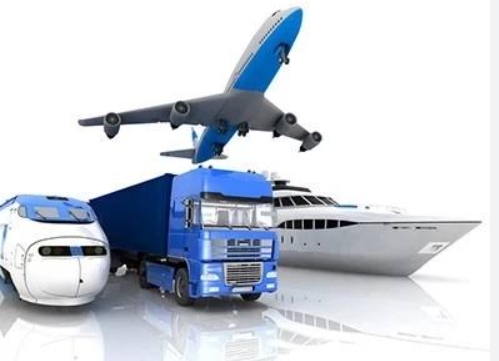Transportation is an essential part of our daily lives, enabling us to travel from one place to another efficiently. However, it's crucial to acknowledge that not all modes of transportation are created equal when it comes to safety. In this blog post, we will delve into the risks associated with various modes of transportation, shedding light on the factors that contribute to their safety or lack thereof.
- Road Transportation:
Road transportation, including cars, motorcycles, and buses, is the most commonly used mode of transportation worldwide. However, it also carries significant risks. Factors such as human error, speeding, distracted driving, and inadequate infrastructure contribute to the high accident rates on roads. Additionally, the presence of other vehicles, pedestrians, and cyclists further increases the complexity and potential for accidents. - Air Transportation:
Air travel is often considered one of the safest modes of transportation, thanks to stringent safety regulations and advanced technology. Commercial airlines prioritize safety and invest heavily in pilot training, aircraft maintenance, and air traffic control systems. However, despite these measures, accidents can still occur due to factors like extreme weather conditions, mechanical failures, or human errors. It's worth noting that the severity of accidents in air transportation tends to be higher, even though the overall accident rate is relatively low. - Rail Transportation:
Rail transportation, including trains and subways, offers a unique set of risks. While trains are generally considered a safe mode of travel, accidents can happen due to derailments, collisions, or infrastructure failures. Factors such as poor maintenance, inadequate signaling systems, and human errors can contribute to these incidents. However, compared to road transportation, rail accidents are relatively infrequent, primarily due to the presence of dedicated tracks and fewer interactions with other vehicles. - Water Transportation:
Water transportation, including ships, ferries, and boats, presents its own set of risks. Accidents at sea can occur due to factors like adverse weather conditions, navigational errors, equipment failures, or collisions with other vessels. Additionally, the potential for drowning or hypothermia in case of accidents poses a significant risk to passengers. However, the implementation of safety regulations, advanced navigational systems, and improved emergency response procedures has significantly reduced the occurrence of accidents in recent years.
Conclusion:
When it comes to determining the riskiest mode of transportation, it's essential to consider various factors such as accident frequency, severity, and the measures in place to mitigate risks. While road transportation carries the highest number of accidents, air transportation poses higher risks in terms of severity. Rail and water transportation, although relatively safer, still require continuous efforts to improve safety measures. Ultimately, understanding the risks associated with different modes of transportation can help individuals make informed decisions and take necessary precautions to ensure their safety while traveling.




More Stories
Industrial-Grade Audible Pedestrian Signals with Directional Sound for Safe and Confident Crossing
Racing Motorcycle Engines: Understanding Power, Torque, and Performance
OHMIEX D9 Intelligent Riding System: Redefining the Intelligent Riding Communication System for B2B Markets